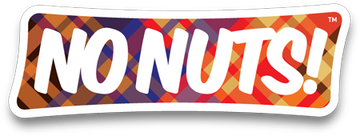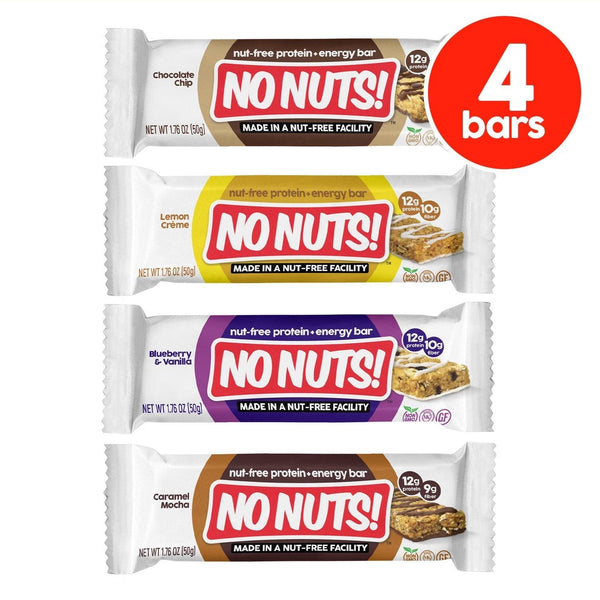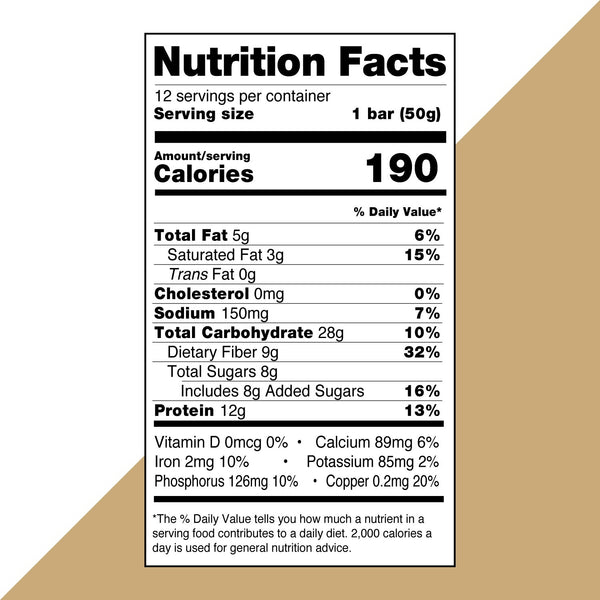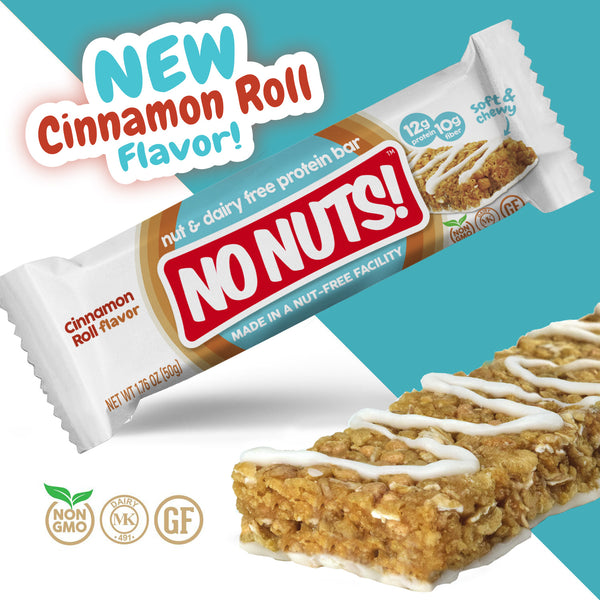12 pasos esenciales para planes de acción de emergencia ante alergias
Apr 28, 2025
Crear un plan de acción de emergencia para alergias eficaz es importante para cualquier persona con alergias graves. Estos planes pueden salvar vidas durante una reacción alérgica al brindar instrucciones claras a la persona alérgica y a sus cuidadores. Veamos 12 pasos clave para elaborar un buen plan de acción de emergencia para alergias que pueda ayudar a manejar situaciones peligrosas.
Conclusiones clave
- Identificar alérgenos específicos y síntomas potenciales.
- Describir pasos de acción claros tanto para reacciones leves como graves.
- Incluya información de contacto de emergencia y detalles de la medicación.
- Crear listas de alimentos seguros y no seguros
- Desarrollar estrategias para prevenir la contaminación cruzada
- Revisar y actualizar periódicamente el plan
- Educar y capacitar a todos los cuidadores sobre el plan.
- Lleve siempre consigo medicamentos de emergencia
1. Identificar alergias específicas
El primer paso es enumerar claramente todas las alergias conocidas. En el caso de las alergias a los frutos secos, indique cuáles le causan reacciones. Esto incluye las comunes, como el cacahuete y los frutos secos (almendras, anacardos, nueces), así como las menos comunes. Conocer sus alergias específicas ayuda a elaborar un buen plan. Consulte con un alergólogo para hacerse pruebas y detectar todos los posibles alérgenos. Esta información les ayudará a usted y a sus cuidadores a tomar decisiones inteligentes sobre los alimentos y los riesgos.
2. Enumere los síntomas potenciales
Incluya una lista completa de posibles síntomas, de leves a graves. Esto ayuda a los cuidadores a detectar rápidamente una reacción alérgica, lo cual es fundamental para actuar con rapidez. Los síntomas comunes de la alergia a los frutos secos pueden incluir:
Síntomas comunes de alergia a los frutos secos
- Picazón u hormigueo en la boca
- Urticaria o eczema en la piel
- Hinchazón de labios, lengua, garganta o cara.
- dificultad para respirar
- Dolor abdominal o náuseas
Recuerde que los síntomas pueden ser diferentes para cada persona y pueden empeorar rápidamente. Algunas personas pueden presentar síntomas leves al principio, pero pueden agravarse rápidamente. Conocer todos los posibles síntomas ayuda a detectar una reacción alérgica a tiempo y a actuar con rapidez.
3. Describa pasos de acción claros para reacciones leves
Para reacciones leves, enumera pasos como:
- Elimine el alérgeno de inmediato para evitar una mayor exposición.
- Tome antihistamínicos si su médico lo autoriza.
- Vigile atentamente los síntomas durante al menos 4 horas, ya que a veces pueden empeorar.
- Llame a un médico si los síntomas no desaparecen o empeoran.
Tener snacks seguros y sin frutos secos, como las barras de chispas de chocolate No Nuts!, puede ayudar a evitar la exposición accidental a alérgenos. Estos snacks son seguros para personas con alergia a los frutos secos y son ideales para fiestas o viajes, ya que reducen el riesgo de comer algo con frutos secos por error.
4. Proporcionar instrucciones para reacciones graves
Para reacciones graves o anafilaxia, incluya instrucciones claras paso a paso:
- Utilice el autoinyector de epinefrina de inmediato, como se lo indicó su médico.
- Llame al 911 inmediatamente, incluso si se siente mejor después de usar epinefrina.
- Acuéstese y levante las piernas, a menos que le resulte difícil respirar de esa manera.
- Use una segunda dosis de epinefrina si no se siente mejor en 5 a 15 minutos.
- Vigile la respiración y los latidos del corazón y esté preparado para realizar RCP si es necesario.
- Ve al hospital, incluso si empiezas a sentirte mejor.
Es muy importante usar epinefrina rápidamente si se presenta una reacción adversa. Muchas muertes por reacciones alérgicas graves ocurren porque las personas esperan demasiado para usar epinefrina. Si no está seguro, es mejor usarla por si acaso.
5. Incluya información de contacto de emergencia
Enumere todos los contactos de emergencia importantes, incluidos:
- Padres o tutores (para niños)
- Su médico habitual
- Su médico especialista en alergias
- Servicios de emergencia locales
- Amigos o vecinos de confianza que puedan ayudar en caso de emergencia.
- Enfermera escolar o responsable de salud laboral (si tiene uno)
Al viajar con alergias , es importante tener esta información fácilmente disponible. Considere crear una versión digital de sus contactos de emergencia que pueda compartir y acceder desde diferentes dispositivos. Además, aprenda a decir que tiene una alergia en el idioma del país que visita.
6. Especifique los detalles de la medicación
Enumere claramente los medicamentos recetados, la dosis a tomar y cómo usarlos. Para los autoinyectores de epinefrina, incluya instrucciones de uso paso a paso. Esta sección debe cubrir:
- Nombres y dosis de todos los medicamentos para la alergia.
- Cómo almacenar adecuadamente los medicamentos
- Cuándo caducan los medicamentos y cuándo reemplazarlos
- Instrucciones detalladas sobre cómo utilizar autoinyectores de epinefrina, incluida la práctica con dispositivos de entrenamiento.
- ¿Algún efecto secundario que los medicamentos puedan causar?
- Qué hacer después de usar medicamentos de emergencia
Considere crear un horario que indique cuándo tomar cada medicamento, especialmente los preventivos diarios. Esto puede ayudarle a controlar sus alergias de forma constante.
7. Crea una lista de alimentos seguros y no seguros
Mantén una lista actualizada de alimentos seguros para comer y aquellos que debes evitar. Esta lista debe ser exhaustiva y actualizarse periódicamente a medida que se publique nueva información. Nuestras barritas ¡Sin Frutos Secos!, como las Barritas de Rollo de Canela , son ideales para añadir a cualquier lista de alimentos seguros para personas con alergia a los frutos secos. Al hacer tu lista, considera:
- Nombres comunes y otros nombres de alérgenos
- Fuentes ocultas de alérgenos en alimentos procesados
- Alternativas seguras para los alimentos que te gustan
- Cadenas de restaurantes y marcas de alimentos que atienden alergias específicas.
- Lugares para encontrar nuevas opciones de alimentos seguros
Recuerde que la forma en que se preparan los alimentos puede cambiar, por lo que es importante revisar las etiquetas periódicamente, incluso en el caso de los alimentos con los que está familiarizado.
8. Desarrollar estrategias de prevención de la contaminación cruzada
Incluir pautas para prevenir la contaminación cruzada, como:
- Leer atentamente las etiquetas de los alimentos, prestando atención a las advertencias de "puede contener"
- Usar utensilios, tablas de cortar y áreas de preparación separadas para alimentos libres de alérgenos
- Lavarse bien las manos antes y después de manipular alimentos.
- Limpiar a fondo las superficies y los equipos de cocina para eliminar los residuos de alérgenos.
- Comunicarse claramente con el personal del restaurante sobre las preocupaciones relacionadas con las alergias.
- Utilizar dispositivos de prueba de alérgenos cuando estén disponibles y sean apropiados
Nuestras barritas ¡Sin Frutos Secos! se elaboran en unas instalaciones especiales sin frutos secos para garantizar que no haya riesgo de contaminación cruzada, algo fundamental para personas con alergias graves a los frutos secos. Al preparar comida en casa o comer fuera, tenga mucho cuidado y evite los alimentos si no está seguro de su seguridad.
9. Crear planes de acción específicos para cada escuela
Para los niños con alergias, haga un plan aparte para la escuela que incluya:
- Estrategias en el aula, como zonas libres de alérgenos
- Reglas del comedor, incluidos asientos especiales si es necesario
- Planes de seguridad para excursiones escolares
- Capacitación para docentes y personal sobre cómo detectar y manejar reacciones alérgicas.
- Cómo almacenar y acceder a medicamentos de emergencia
- Cómo se comunicarán el personal de la escuela y los padres
Nuestros refrigerios sin frutos secos son ideales para almuerzos escolares y fiestas de clase, contribuyendo a un ambiente más seguro para todos los estudiantes. Descubre cómo crear un aula sin frutos secos para ayudar a los estudiantes con alergias y enseñar a todos la importancia de la concienciación sobre las alergias.
10. Revise y actualice periódicamente el plan
Establezca recordatorios para verificar y actualizar el plan de acción de emergencia:
- Al menos una vez al año, o con mayor frecuencia si su médico alergólogo lo sugiere.
- Después de cualquier reacción alérgica, para ver si el plan funcionó bien.
- Al comenzar una nueva escuela o trabajo, asegúrese de que el plan se ajuste al nuevo lugar
- Si sus alergias cambian o desarrolla otras nuevas
- Cuando estén disponibles nuevos tratamientos o formas de controlar las alergias
Al actualizar su plan, considere incluir nuestros diferentes sabores ¡Sin Frutos Secos! como opciones de refrigerio seguro. Las revisiones periódicas garantizan que su plan se mantenga actualizado y sea eficaz para controlar sus alergias.
11. Educar y capacitar a todos los cuidadores
Asegúrese de que todos los cuidadores, incluidos familiares, maestros y amigos, conozcan el plan de acción de emergencia:
- Recibir capacitación periódica sobre cómo detectar síntomas y utilizar medicamentos de emergencia.
- Practique el uso de autoinyectores de epinefrina con dispositivos de entrenamiento.
- Repase las opciones de alimentos seguros, incluidas las barritas No Nuts!, y cómo leer las etiquetas de los alimentos.
- Hable sobre las formas de evitar los alérgenos en diferentes lugares.
- Entregue copias escritas del plan de acción a todos los que lo necesiten.
- Anime a los cuidadores a hacer preguntas y compartir inquietudes sobre el plan.
Considere grabar un video que muestre cómo usar el autoinyector de epinefrina y otros aspectos importantes del plan de acción. Esto puede servir como recordatorio rápido para los cuidadores en situaciones estresantes.
12. Lleve siempre consigo medicamentos de emergencia
Lleve siempre consigo sus medicamentos de emergencia recetados, como los autoinyectores de epinefrina. Manténgalos a mano y revise las fechas de caducidad con frecuencia. Más consejos:
- Utilice una bolsa o recipiente especial para medicamentos de emergencia para mantenerlos juntos.
- Mantenga los medicamentos a la temperatura adecuada, especialmente en climas muy cálidos o muy fríos.
- Tenga medicamentos adicionales en la escuela, el trabajo u otros lugares a los que vaya con frecuencia.
- Establezca recordatorios para verificar las fechas de vencimiento y reemplazar los medicamentos cuando sea necesario
- Conozca las reglas para llevar medicamentos cuando viaja, especialmente en aviones.
Recuerda, el mejor medicamento es el que llevas contigo cuando lo necesitas. Incorpora el llevar contigo tus medicamentos de emergencia a tu rutina diaria.
Personalizar planes
Haga que los planes de acción de emergencia se adapten a las alergias y necesidades específicas de cada persona.
Pasos de acción claros
Incluya pasos separados para reacciones alérgicas leves y graves.
Actualizar y compartir
Revisar, actualizar y compartir periódicamente los planes con todos los cuidadores.
Conclusión
Elaborar un buen plan de acción para casos de alergia es fundamental para controlar bien las alergias a los frutos secos. Siguiendo estos 12 pasos y usando snacks seguros y sin frutos secos como nuestras barritas No Nuts!, estará mejor preparado y se sentirá más tranquilo. Un buen plan no solo le indica qué hacer en caso de emergencia, sino que también ayuda a prevenir reacciones alérgicas, enseñándole a evitar los alérgenos y educando a los demás.
Recuerda, en Go No Nuts, queremos ofrecerte opciones deliciosas y sin alérgenos para ayudarte a controlar tu alergia. Nuestros productos están diseñados para hacer la vida más fácil y divertida a las personas con alergia a los frutos secos, para que puedas disfrutar de la vida sin preocuparte por la exposición a los alérgenos.
Controlar las alergias es un proceso continuo que requiere precaución, aprendizaje continuo y preparación. Al mantenerse informado sobre sus alergias, mantener su plan de acción actualizado y tener opciones de alimentos seguros a mano, puede reducir considerablemente el riesgo de reacciones alérgicas graves y mejorar su calidad de vida.
Prueba nuestro paquete de muestra ¡Sin Frutos Secos! para encontrar tu refrigerio sin frutos secos favorito y que controlar tus alergias sea más fácil y placentero. Con diferentes sabores para elegir, puedes disfrutar de refrigerios sabrosos y seguros en casa, la escuela, el trabajo o de viaje, y así tener una preocupación menos en tu rutina de control de alergias.









